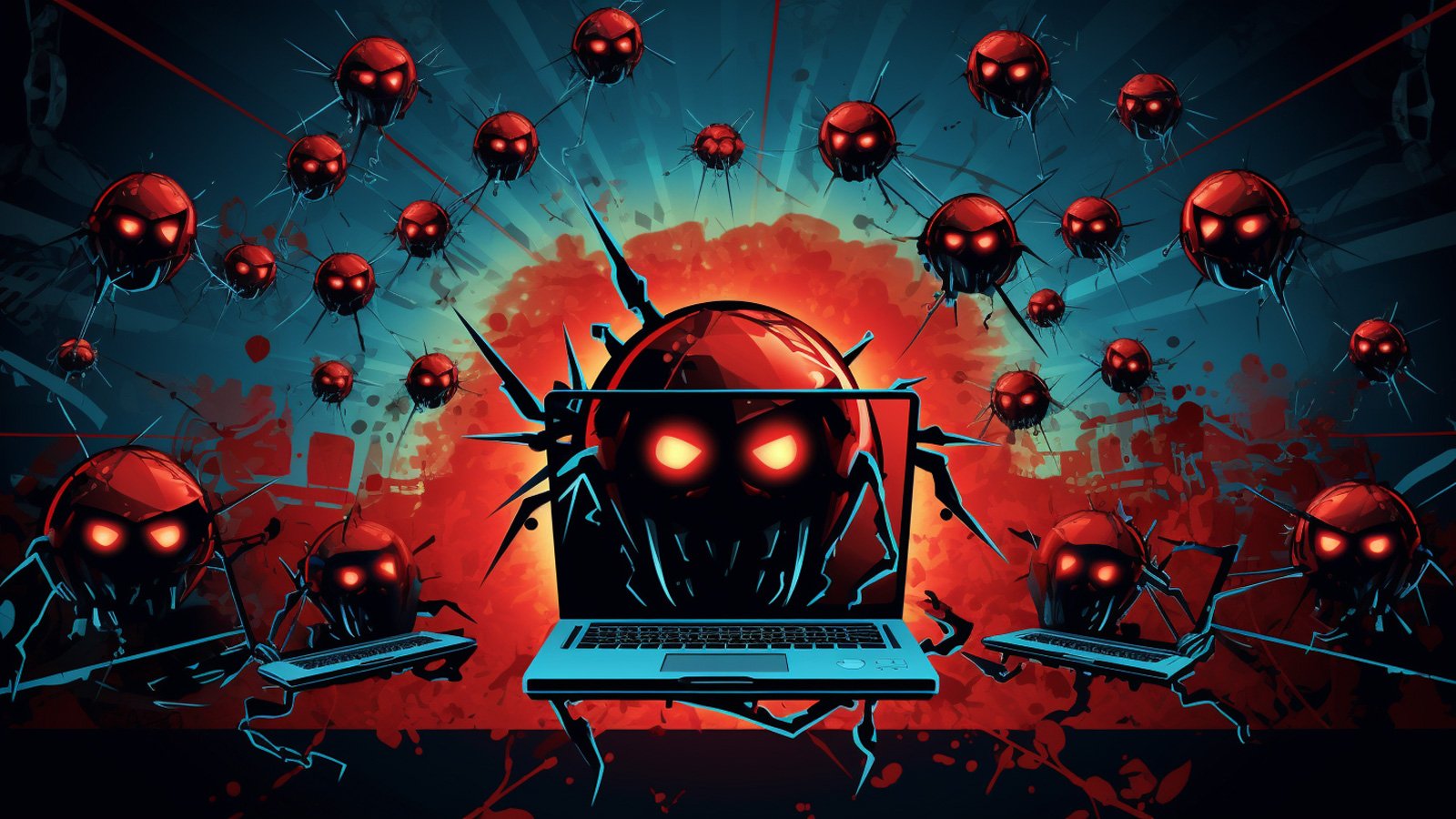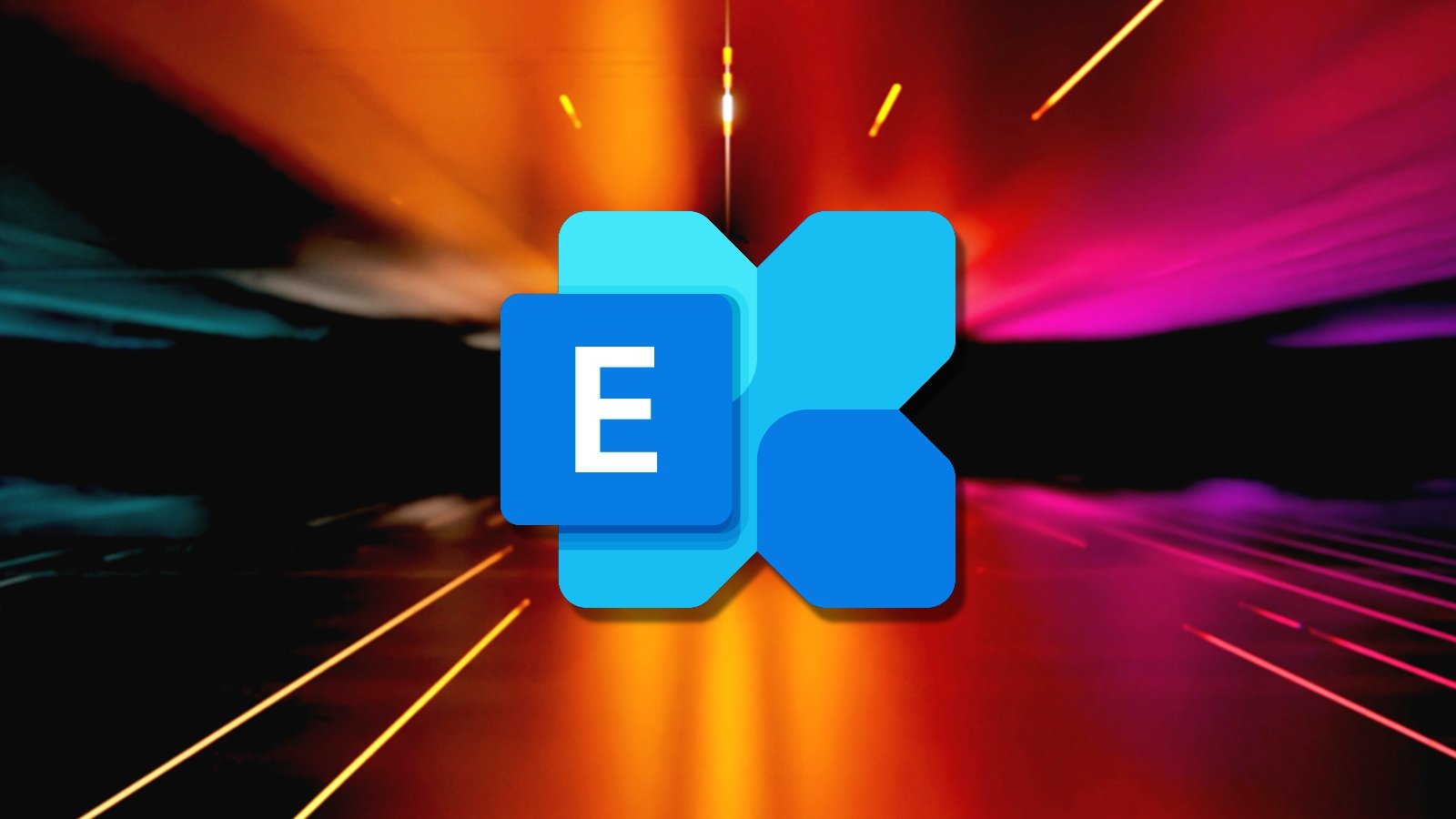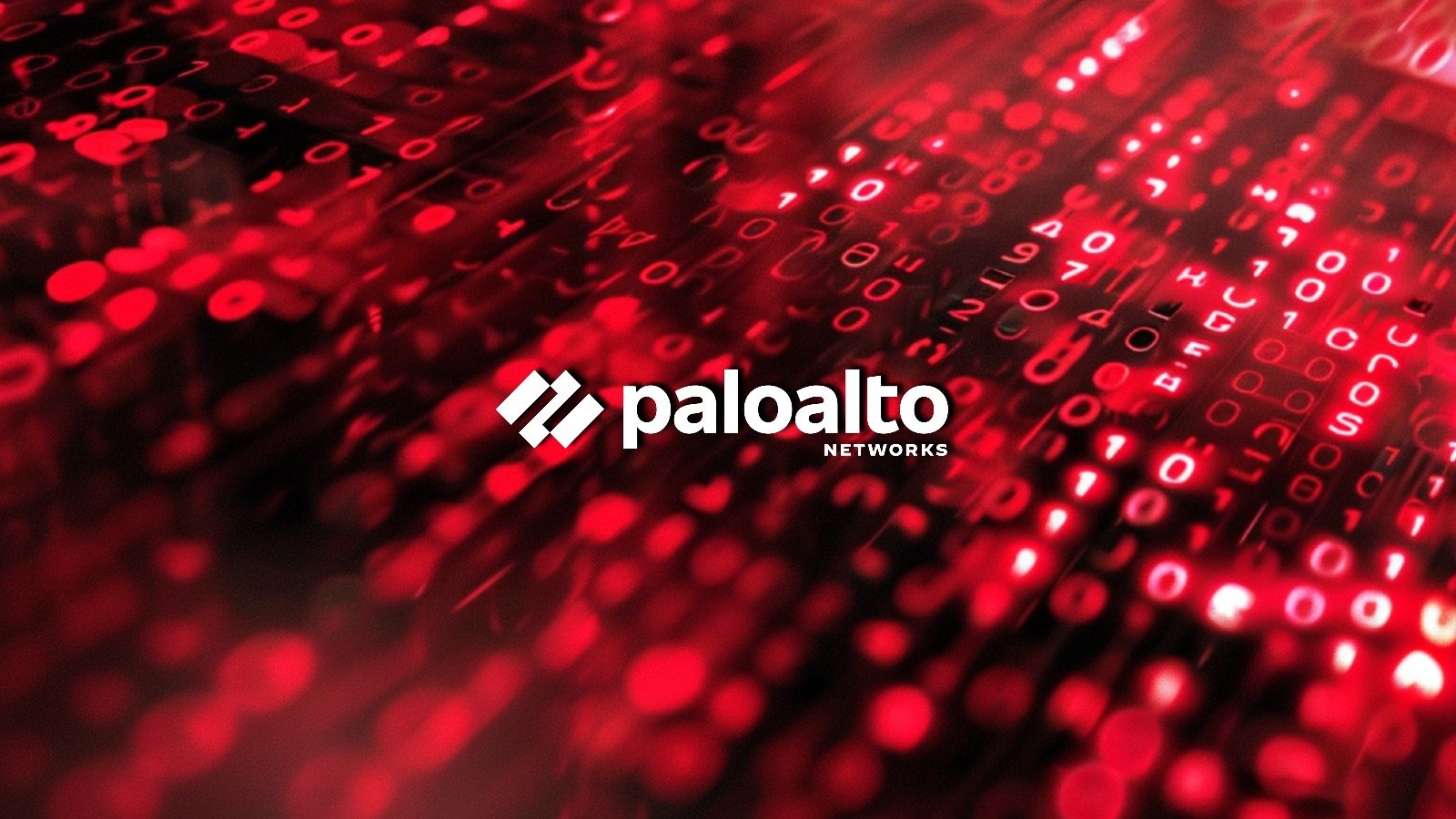BOOK THIS SPACE FOR AD
ARTICLE ADPhysical letters that contain a QR code to trick people into downloading malware are being sent through the mail, according to a warning issued by The Swiss National Cyber Security Centre (NCSC).
The letters are sent as if they come from the official Swiss Federal Office of Meteorology and Climatology (MeteoSwiss) and they urge the recipient to install a new “severe weather app.”
This app, however, does not exist, and the letters do not come from MeteoSwiss either.
Scanning the QR code in the malicious letters leads to a banking Trojan known as Coper, but also referred to as Octo2. Coper is a Malware-as-a-Service which “customers” can spread as they see fit, but they pay for the use of the malicious software and the underlying infrastructure. These customers are running campaigns targeting Europe, the US, Canada, the Middle East, Singapore, and Australia.
Coper is a sophisticated banking Trojan that has several advanced features:
Device Takeover (DTO) capabilities for remote control Advanced obfuscation techniques to avoid detection Overlay attacks aimed at credential theftThe fake “meteorology app” for this malware campaign is disguised under the name “AlertSwiss” when installed on Android devices, but Coper cybercriminals can customize these names for all other other campaigns. That adaptability makes for a more convincing lure depending on which country or region is being targeted. For instance, “AlertSwiss” is a clear attempt to fake the name of an official app from the Federal Office for Civil Protection which is used by federal and cantonal agencies to inform, warn, and alert the population. That real app’s name is “Alertswiss” (note the tiny difference).
Using QR codes in snail mail offers the criminals a few advantages. People may not expect to end up with their device infected by something as non-technical as a physical letter. And QR codes get typically read by mobile devices, which—unfortunately—still get overlooked when it comes to installing security software.
QR codes are becoming more common, especially after the COVID-19 pandemic which pushed many restaurants into using digital menus instead of physical menus that are shared between customers (in the earliest days of COVID lockdowns, science was still emerging on the risk levels of touching shared objects). Because of so much change in the past few years, seeing a QR code in a letter from an official institution does not trigger any alarm bells anymore.
And many Android users suffer from either a “patch gap” or are even using Android versions that are no longer supported, so will never receive another security update. One of the main causes for a patch gap is the time it takes a fix for a known vulnerability to trickle down from software vendor to individual device manufacturers, which then need to make it available for the users.
Security advice
Keeping your device up to date protects you from known vulnerabilities and helps you to stay safe.We have found that many users have no idea whether their devices are still receiving updates. You can find your device’s Android version number, security update level, and Google Play system level in your Settings app. You’ll get notifications when updates are available for you, but you can also check for them yourself.
For most phones it works like this: Under About phone or About device you can tap on Software updates to check if there are new updates available for your device, although there may be slight differences based on the brand, type, and Android version of your device.
Scan a QR code with the same security mindset as clicking a linkIf you scan a QR code, make sure to use an app that shows you the full URL and asks you first before it visits the URL encoded in the QR code. If you do not trust the URL, don’t allow your device to open the link and, if necessary, research to find another, more trustworthy, way to get the information or download you want. Modern Android devices (version 8 and above) have a native QR code scanning capability built into the camera app. Some QR code scanner apps may have a feature that automatically executes actions like opening a website or downloading a file. Disable such features.
Use anti-malware protection on your devicesYour mobile devices are in need of protection just as much as your computer. Malwarebytes offers customers Malwarebytes for Android and Malwarebytes for iOS. Malwarebytes detects Coper as Android/Trojan.Banker.Ink.a.
.png)















 Bengali (Bangladesh) ·
Bengali (Bangladesh) ·  English (United States) ·
English (United States) ·